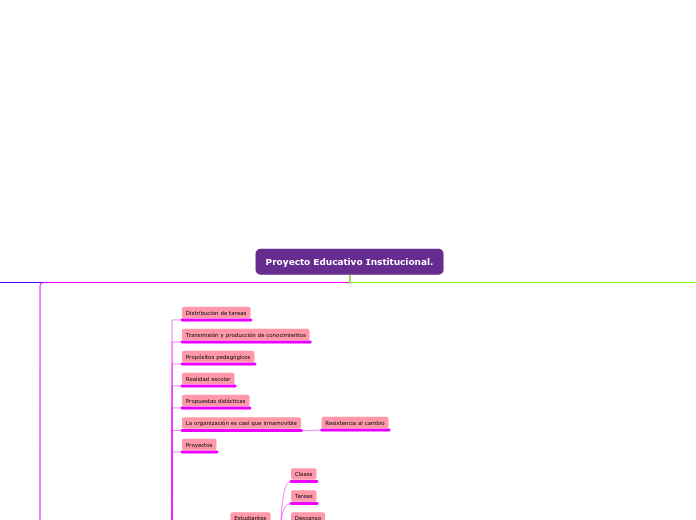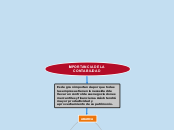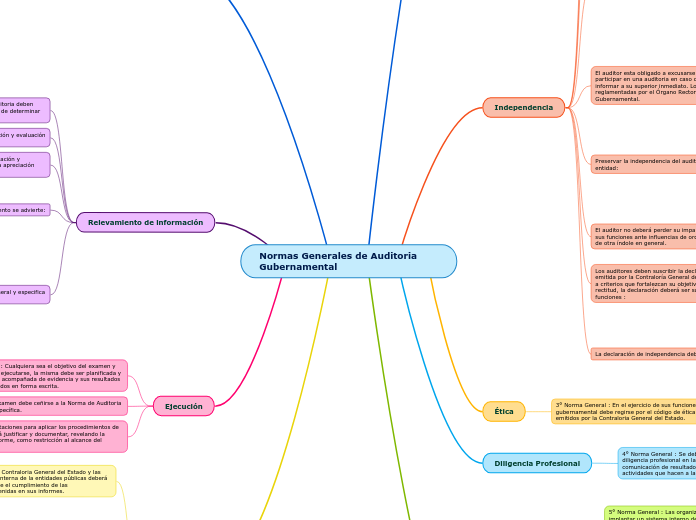Consideraciones espistemológicas de la Evaluación Educativa
Type in the name of the multiple-perspectives text.
Example: Bridge to Terabithia by Katherine Paterson
La evaluación es un concepto espistemologico, por lo tanto ha tenido cambios en su definición a lo largo de la historia de acuerdo a las circunstancias históricas, psicológicas y sociológicas. Nos delimitaremos conceptualmente ha analizar 11 definiciones.
Identify an important issue from the text that is being presented from different angles. Type it in.
Example: Jesse's drawing talent.
Responsabilidad
Un buen sistema educativo es aquel que satisface las demandas de los consumidores.
-Sarup
Calificación
Existe una controversia entre los autores algunos consideran que poner una calificación (ya sea cuantitativa o cualitativa) es un fracaso para la enseñanza y otros que es parte para mejorar el proceso.
Pirsing R.M., Popham, Carreño, Livas, Cesar Coll, Fernandez Perez, Pidgeon, Yates, Farre, Goll, Taba, Shavelson y Carreño.
Examenes
La docimasiologia es la ciencia que estudia las técnicas de investigación o examen.
-Perenoud, Taba, Pieron, Hoyat, Pidgeon, Yates, Lopez, Llopis et alius, Spears, Cardinet, Fernandez Perez, Madaus, Kellaghan, Enis, Fuertes, Worthen, Alonso, Gil y Martinez.
Valoración
Valorar es la facultad que tenemos las personas para juzgar o atribuir valor a las cosas o a los fenómenos en relación con intereses prácticos.
-Wheelwr (1979), Rull, Michael Scriven (1983)
Medición
La medición es solo una parte de la la evaluación no se debe hacer isomorfismo entre el alumno y su calificación.
-Livas (1980), Stanley (1972), Glock (1972), Wardeberg (1972), Mager (1984), Fernandez Perez, Adams (1970) y Laforcade (1977)
Juicio y Reflexión
El primero no exige ninguna acción, en tanto el segundo se hace para tomar desiciones sobre un objeto.
-Mager (1984), Monedero, Juana Maria Sanchez (1990) y Carlos Rosales.
Investigación Educ.
Realiza una comparativa entre la Evaluación educativa y la investigación educativa.
-Popham, Fernandez Perez (1986), Rull (1995), Rossi (1982), Freeman (1982) y Stuffebeam et aluis (1971).
Subtopic
Información
Decide on the fourth point of view
Type in the name of the last character whose perspective on the issue you are going to present.
Example: Leslie Burke, Jesse's new next-door neighbor, and best friend.
Para una buena evaluacion se debe recabar la informacion lo mas objetiva posible y se pueden conjugar datos obtenidos a traves de metodos cuantitativos o cualitativos.
Point of view
Type in a relevant quote that highlights the character's point of view. Try to follow a citation format: author's name, chapter, and page.
Example: I can't get the poetry of the trees,' he said. She nodded. Don't worry,' she said. You will someday. He believed her.' (Paterson, 4. 24)
How is the viewpoint introduced in the story?
Choose an answer:
First person point of view - using the personal pronouns 'I' or 'we'Second person point of view - using the personal pronoun 'you'Third person point of view - using the third-person pronouns 'he', 'she' and 'they'Omniscient point of view - an all-seeing observer tells the story
-Alvira (1982), Goetz (1984), Lecompe (1984), Cook (1986), REichardt (1986), Monedero (19878), Rodriguez (1992), Gutierrez (1992) y Molled0 (1992).
Indicadores
Whose character does the third point of view belong to?
Type in his/her name.
Example: Mr. Aarons, Jesse's father.
Los indicadores son instrumentos al servicio de la propia evaluacion educativa, medidores indirectos.
What does the character think, say or do that suggests their perspective on the issue?
Type in a quote and try to maintain the citation format.
Example: 'He would like to show his drawings to his dad, but he didn't dare. (...) He'd thought his dad would be pleased. He wasn't. What are they teaching in that damn school? he had asked.' (Paterson, 2.8)
What kind of narration introduces the viewpoint?
Choose an answer:
First person point of view - using the personal pronouns 'I' or 'we'Second person point of view - using the personal pronoun 'you'Third person point of view - using the third-person pronouns 'he', 'she' and 'they'Omniscient point of view - an all-seeing observer tells the story
- Norris (1992), Elliott (1992), Alvaro Page(1992), Izquierdo (1992), Tiana (1994) y Serrano et alius (1995)
Decisión
Decide on the second point of view
Name the character (it can either be the main character or one of the supporting characters) whose point of view you are presenting.
Example: Miss Edmunds, Jesse's music teacher.
Considera que la evaluación es una parte de la toma de decisiones, que envuelve en todos los aspectos y contribuye a su correcto desarrollo, mejorando procesos y programas.
Type in a quote that points out the character's position about the issue.
Try to follow a citation format: author's name, chapter, and page.
Example: 'She said he was unusually talented, and she hoped he wouldn't let anything discourage him.' (Paterson, 2. 8)
How is the viewpoint introduced in the story?
Choose an answer:
First person point of viewSecond person point of viewThird person point of viewOmniscient point of view
- Cronbach (1963)
Apreciación
Decide on the first point of view you are going to present.
Type in the name of the character (it can either be the main character or one of the supporting characters) whose point of view belongs to.
Example: Jesse Oliver Aarons, Jr., the main character of the novel, a fifth-grader living in a rural Southern area.
Entre los sinónimos de evaluación tenemos apreciación (appraisal) teniendo 2 tipos de evaluaciones assessment (tasación) y estimación (appraisement).
Type in a relevant quote that highlights the character's point of view towards
La evaluación es un concepto espistemologico, por lo tanto ha tenido cambios en su definición a lo largo de la historia de acuerdo a las circunstancias históricas, psicológicas y sociológicas. Nos delimitaremos conceptualmente ha analizar 11 definiciones..
Try following a citation format: author's name, chapter, and page.
Example: 'Jesse drew the way some people drank whiskey. (...) Lord, he loved to draw. (...) When he was in first grade, he told his father that he wanted to be an artist when he grew up.' (Paterson, 2. 7)
Autores
What type of narration introduces the viewpoint?
Choose an answer:
First person point of view - using the personal pronouns 'I' or 'we'Second person point of view - using the personal pronoun 'you'Third person point of view - using the third-person pronouns 'he', 'she' and 'they'Omniscient point of view - an all-seeing observer tells the story
- Popham (1980)









